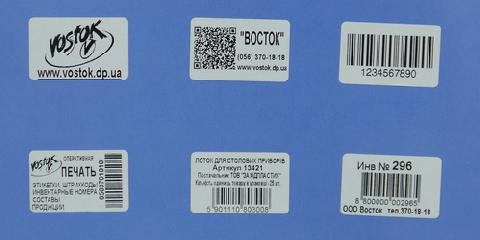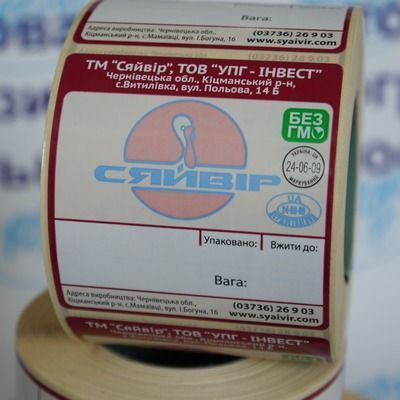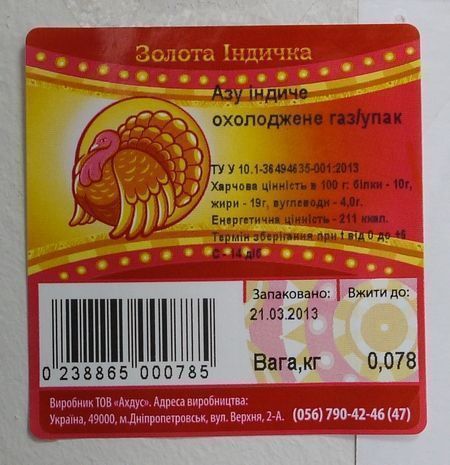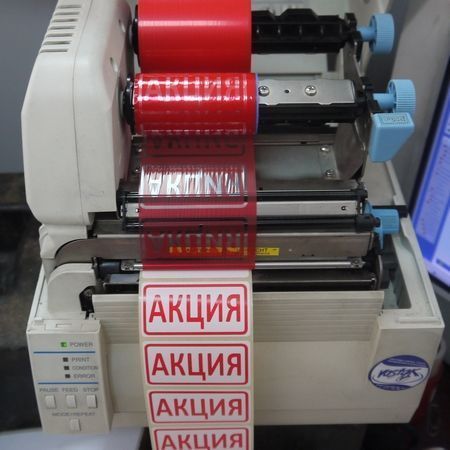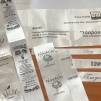Product labeling
The main purpose of marking is to identify the product and convey basic information about the product to the consumer. Marking is text, symbol, drawing, bar code applied to the packaging or product.

Bar code marking allows you to quickly identify the product, take it into account during loading and unloading operations, accept it or release it from the warehouse, evaluate and re-evaluate it, and release it to the consumer. Prompt delivery, simplified accounting, full control over the movement of products within the enterprise and along the way - the main arguments in favor of labeling goods with a bar code.
Information labeling — dissemination to interested parties of all necessary information about the product, regulated by the Law "On Protection of Consumer Rights".
In accordance with this Law, the seller is obliged to provide the buyer with the following information about the product:
- manufacturer's address (location);
- company name (name) of the manufacturer (contractor, seller), importer;
- name of the technical regulation or other designation on mandatory confirmation of conformity of the product;
- information on the main consumer properties of the goods information on the composition (including the names of the food ingredients used in the manufacturing process additives, biologically active additives, as well as components obtained using genetically modified organisms, if their content in such component exceeds 0.9%)
- on the nutritional value, purpose, conditions of use and storage, methods of preparing ready meals, weight (volume), date and place of manufacture and packaging (packaging), as well as contraindications for their use in certain diseases;
- rules and conditions for the effective and safe use of goods;
- information on the energy efficiency of goods, if necessary;
- the service life or expiration date of goods, as well as information on the consumer's actions upon expiration of the specified periods and the possible consequences of their failure to comply, if the goods, upon expiration of the specified periods, pose a danger to the life, health and property of the consumer or become unsuitable for use as intended.
Identification marking - providing consumers, sellers, experts and regulatory authorities with information that allows identifying goods - establishing their compliance with current laws, GOSTs, agreements on product range, quality and safety.

Product labeling is developed according to the requirements of legislation in the relevant industry and according to the characteristics of products. The task of protection against counterfeiting is relevant for many types of products. Marking with various security elements and using a webpassport allows you to solve almost all tasks, from meeting the requirements of the law (extended product information) to protection against counterfeit.
Example of shoe labeling — the label for the box provides the basic information, contains the product barcode, the factory serial number (also a barcode) and the QR code of the web passport. Only the QR code is printed on the sewn-in labels themselves.
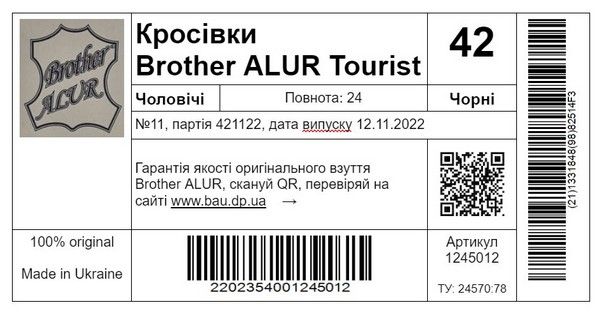
Motivational marking - the impact of product labeling on consumers and motivation for purchase.
In modern conditions, manufacturers strive to attract the attention of buyers to their products with the help of packaging and labeling to increase the share of sales.
Barcode Product Labeling
In addition to the usual specifications, product labeling provides for the application of barcode label. Typically, a barcode consists of 8-13 characters displayed as a group of bars of varying thickness. Each bar represents a number or a letter.

To recognize a barcode without using electronic scanners, each bar is duplicated by a number (letter) located at the bottom of the module. There are currently about 50 barcode standards in the world. However, only five of them are actively used:
- EAN-13;
- Code 39 (high, medium and low density);
- code «2 of 5» (Interleaved 2-of-5);
- UPC;
- Code 128.

The organization GS1. When marking goods with a barcode, it is important to follow the recommendations — what color to print the barcode.













